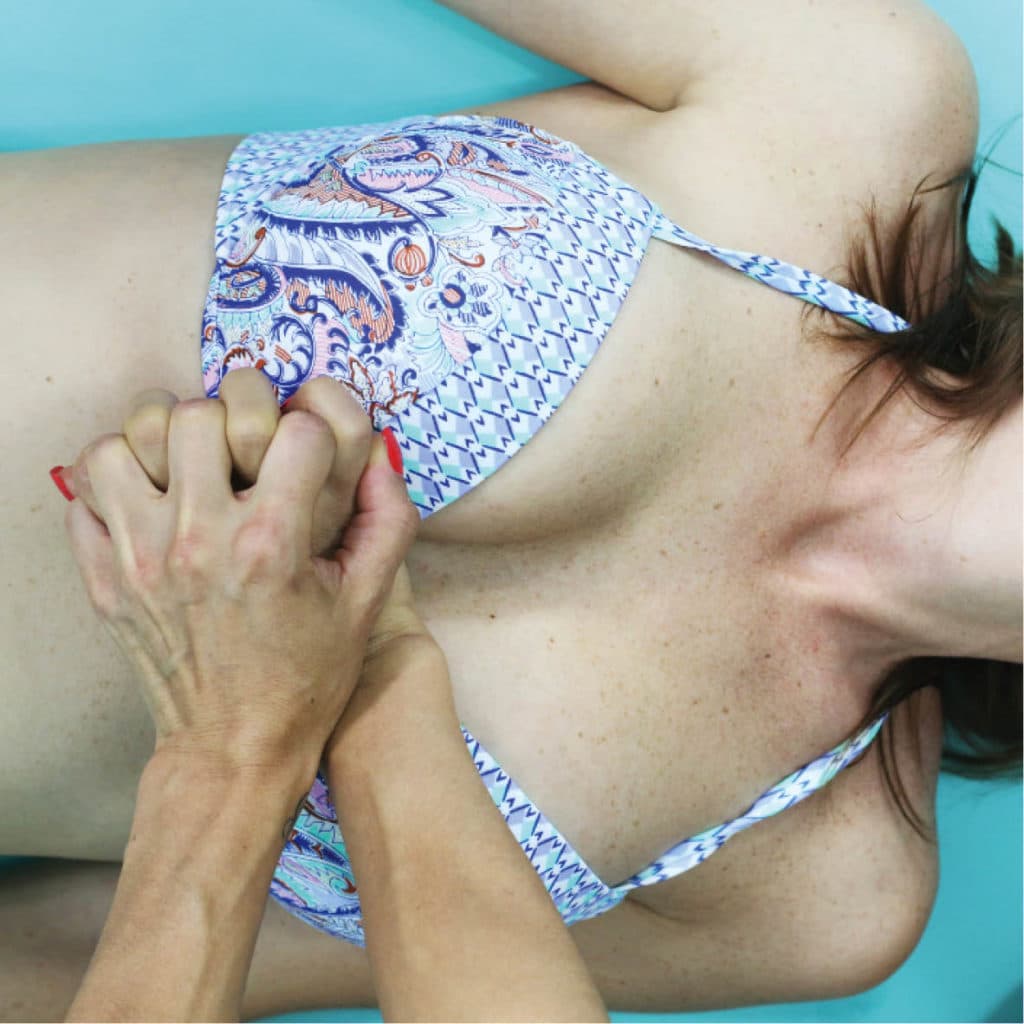If a person has a sudden cardiac arrest their best chance of survival is receiving CPR and defibrillation within the first few minutes.
Survival rates for out of hospital cardiac arrests in this country are shockingly low, with fewer than 1 in 10 people surviving. A recent study published by the European Heart Journal has shown that women are statistically less likely to receive bystander CPR and survive a cardiac arrest than men.
In this week’s blog we’re look at the possible reasons for this as well as outlining exactly what you should do to help someone in cardiac arrest while you wait for medical help to arrive.

Research carried out by the University of Amsterdam found that just 68% of women are likely to receive bystander CPR compared to 73% of men. Survival rates are also lower in women.
According to the research one of the reasons women don’t receive CPR is because people did not recognise that the women who collapsed were having a cardiac arrest which causes delays in administering first aid and calling for help.
It is also thought that bystanders are concerned about touching a woman’s chest without consent and causing harm were also causes of lower bystander CPR rates.
Anything is better than nothing
If you witness someone having a cardiac arrest anything you do is better than doing nothing. If you are in any doubt as to whether or not they are breathing normally you should commence CPR.
According to the Resuscitation Council, there have been no successful claims made on a person giving CPR and defibrillation to a person who has experienced a sudden cardiac arrest and you are very unlikely to cause any more harm to the person as it is inevitable they will die if they do not receive CPR.
How can you tell if someone has a cardiac arrest?
Sudden Cardiac Arrest (SCA) occurs when the heart suddenly stops pumping blood around the body. The person will collapse and fall to the floor, they won’t be responsive and they won’t be breathing normally (they may be making gasping sounds – this is not normal breathing).
An ambulance should be called immediately and while you wait for the ambulance to arrive you must commence CPR in order to maintain the flow of blood and oxygen to the brain. If you have someone with you, send them to get an AED (Automated External Defibrillator) as quickly as possible. The sooner they receive a shock from a defibrillator the better their chances of survival. Turn on the machine and follow the voice prompts (do not stop CPR until the machine tells you to).
A call handler will talk you through how to do CPR but we highly recommend doing a first aid class to gain hands on practise.
Everyone should learn first aid
Anyone can learn first aid and everyone should learn first aid. To find your local Daisy First Aid trainer click here.
